Preparation and strategic decision making in autumn set the stage for a successful year on your farm. Strategic decisions around milking and breeding can help increase profitability in the seasons ahead, and a focus on cow care, winter preparation and people will keep your business running efficiently.
As we head into autumn, many parts of the country are experiencing dryer than usual conditions on farm. Visit our dry summer management page for key tips and tools to manage dry conditions.
Preparing cull cows for transport
Care and preparation on farm prior to transport will help your cows stay healthy on their journey.
- Provide water right up to loading.
- Minimise time spent in the yard on farm before loading.
- Stand cows off lush pasture for four to six hours to reduce effluent load during transport.
- Give cows roughage in a grazed-out paddock so they can rest.
Lactating cows have a higher risk of metabolic issues during transport and need extra attention. Always double-check their destination on the day, and if it is further than normal, keep older or lighter cows back.
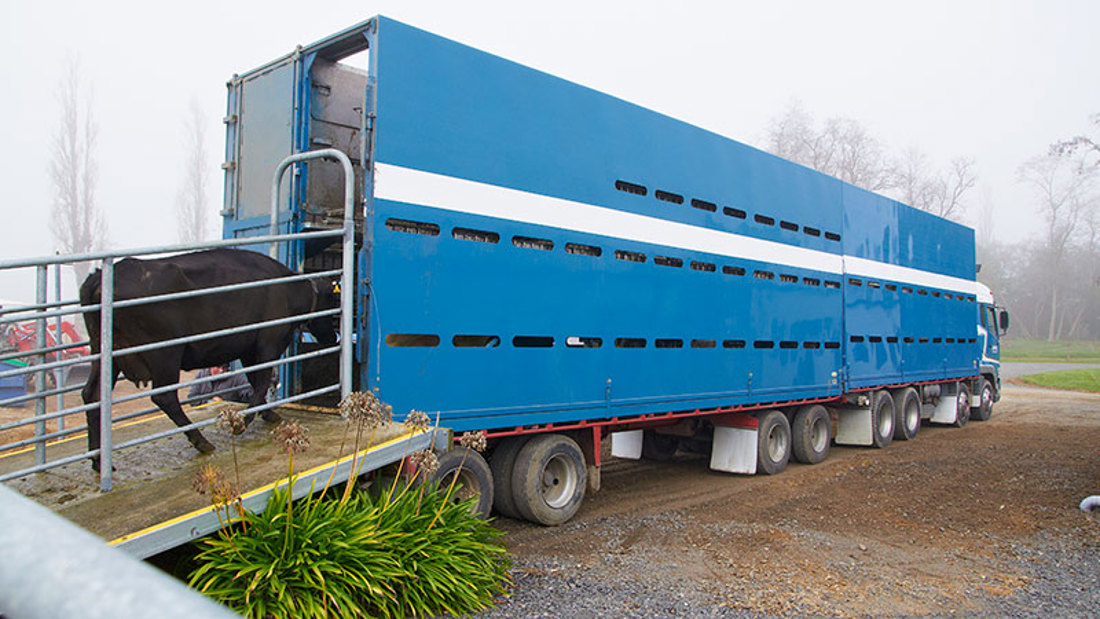
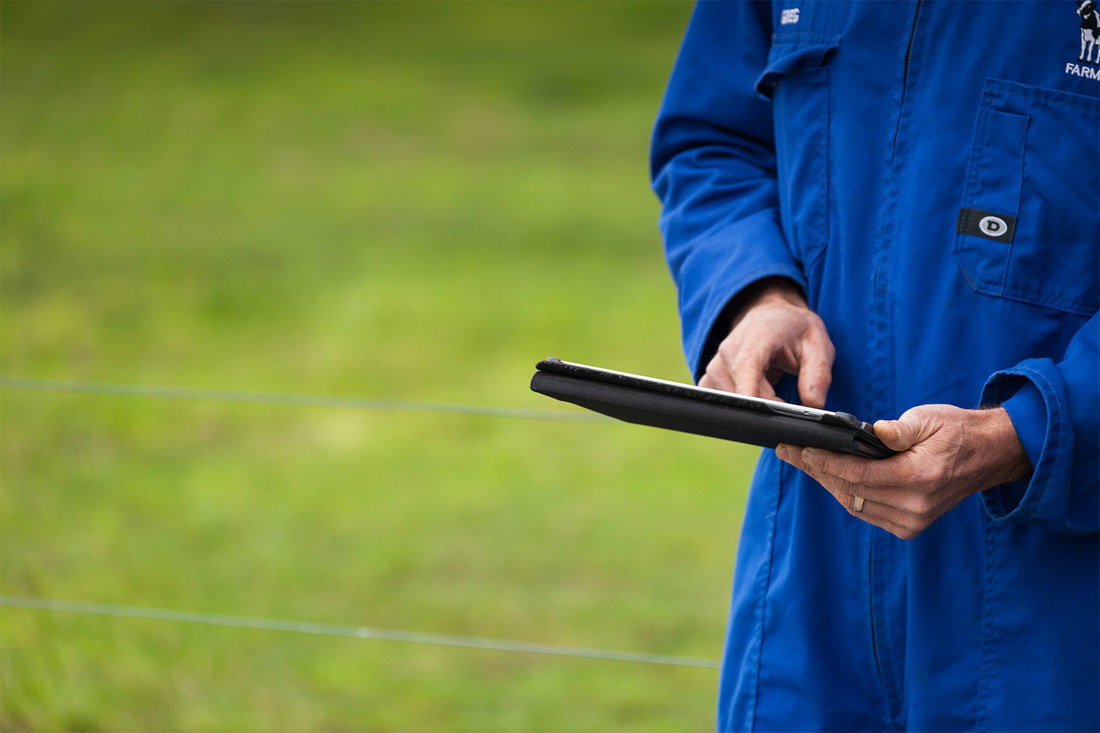
Focus on achieving BCS targets early
Achieving Body Condition Score (BCS) targets now will make it easier to manage cow condition before and after calving, positively impacting reproduction, production and your bottom line. While herd averages are helpful, it’s crucial to identify individual cows that are above, below or on target. Ensure cows are dried off early enough to reach their BCS target before calving (5 for mixed age cows and 5.5 for first and second calvers). Waiting until the month before calving won’t be effective as during this time cows gain very little condition (even when fed generously) due to the high energy demands of pregnancy.
To check the condition of your cows is on track ahead of calving, use our BCS app.
Considering OAD mid to late lactation
Switching to once-a-day (OAD) milking in mid to late lactation is a strategy used by about 40% of farmers. Consider the full farm system in your decision. Milk production will decrease by about 13%, while staff management, wellbeing and cow health will benefit from the reduced workload.
Removing the afternoon milking can reduce stress on staff and allows for greater flexibility. For the cows, it lowers their energy demands, enabling them to start building body condition in preparation for calving.
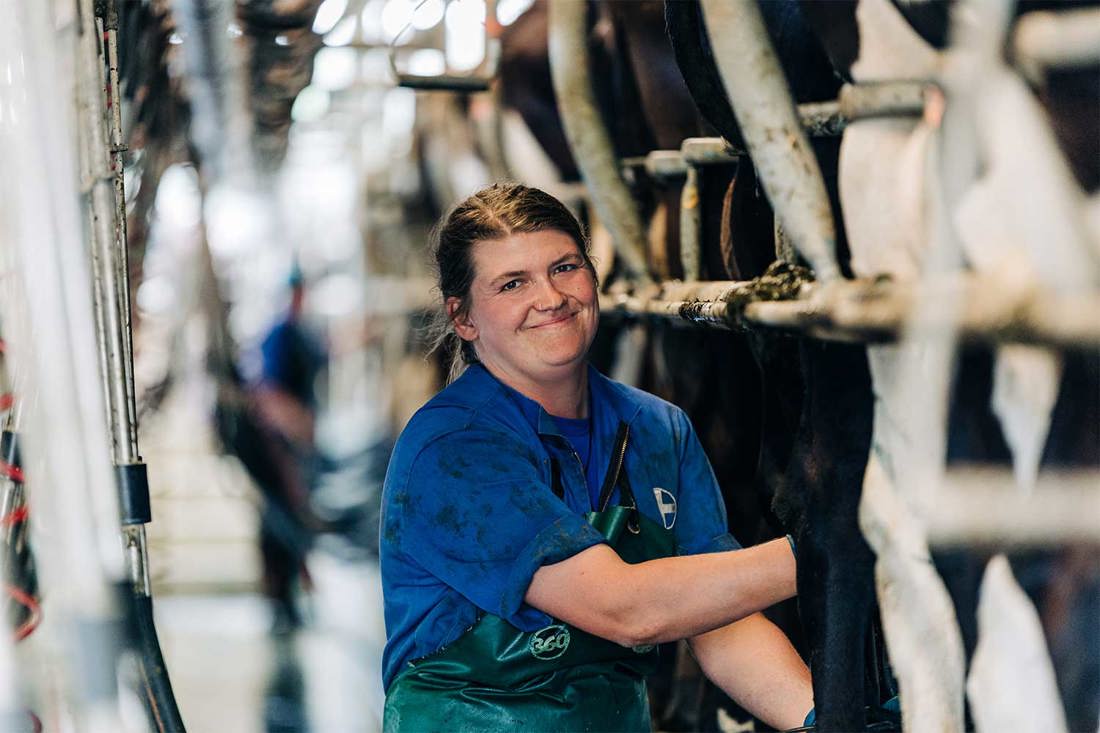
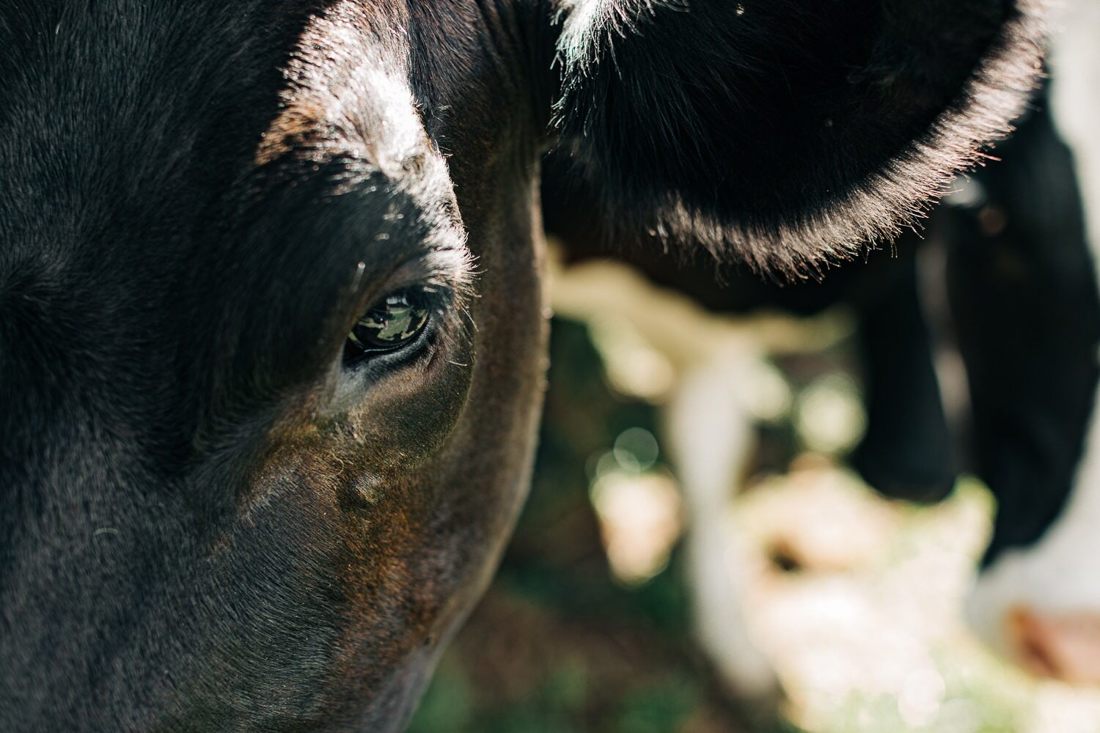
Reduce the risk of salmonella
Autumn is a high-risk time for salmonellosis on-farm – the most common disease associated with acute diarrhoea in dairy cows. It can be spread between animals and humans.
Vaccinating against salmonella is an effective way of protecting your herd and can be helpful in reducing the number of sick cows even once an outbreak occurs. Other prevention strategies include good biosecurity practices, effective rodent and bird control and good staff hygiene.
The most common signs of salmonella in cows are a sudden drop in milk production, lack of appetite and foul-smelling diarrhoea. If you suspect salmonella in your herd, contact your vet immediately.
Preventative measures to avoid lepto
There is often a peak in cases of leptospirosis in autumn. It’s a highly infectious bacterial disease that can affect both cows and humans. Lepto is a significant human health risk causing flu-like symptoms or severe ongoing illness and is often spread by contact with urine. Having good health and safety procedures on-farm will help reduce the risk, including good personal hygiene, avoiding eating and drinking in the shed, and wearing appropriate protective clothing and equipment. See your GP if you’re feeling ill and talk to your vet if you suspect lepto in you herd.
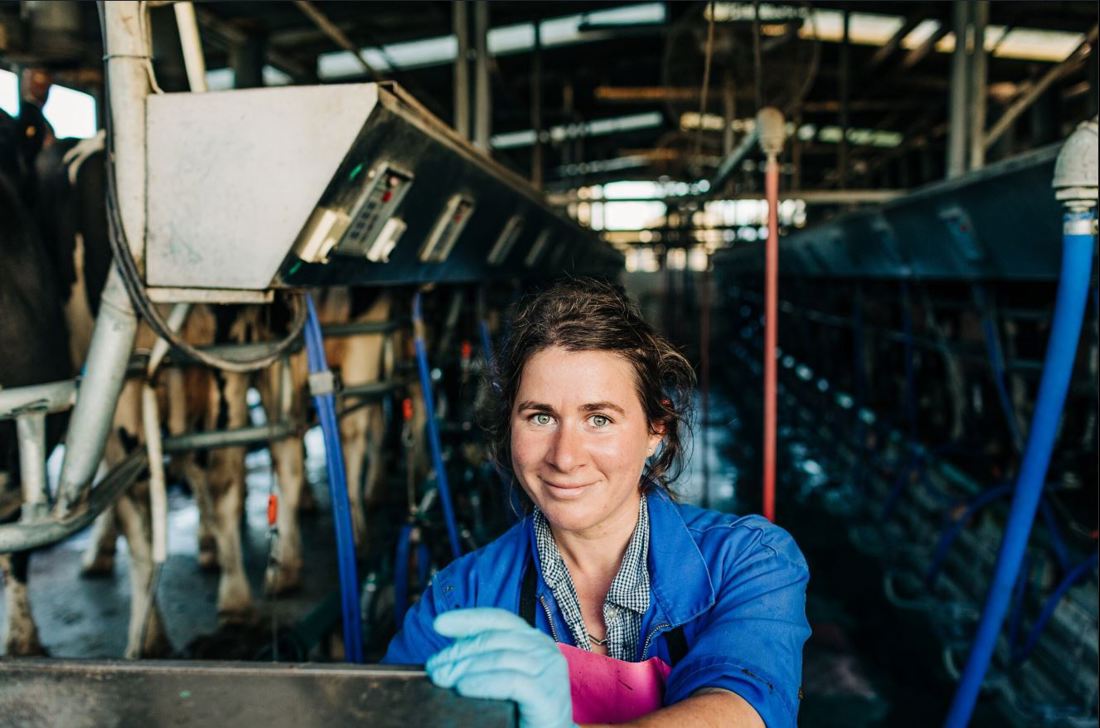
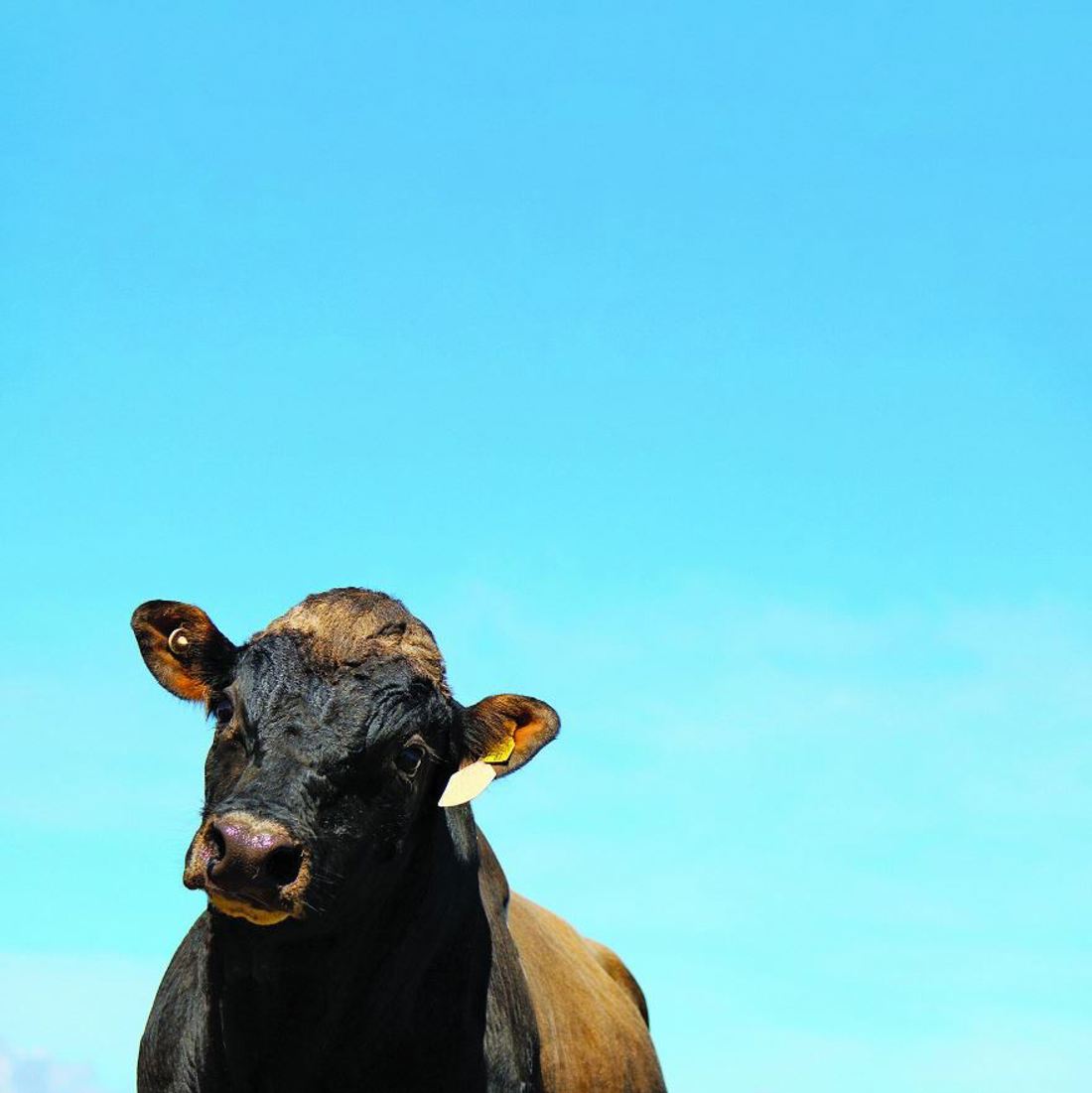
Breeding decisions for genetic gain
Research shows that more than half of on-farm productivity gains come from animal genetics. Herd improvement begins in late summer and autumn by selecting top bulls to breed with your highest BW cows in spring. Using high genetic merit sires will accelerate the rate of genetic improvement in your herd, as the top 5% of sires on the RAS list are over 80 BW points higher than the bottom 5%. Using AI over your heifers increases the rate of genetic gain in two ways: increasing the number of heifer replacement calves to select from, and higher genetic merit animals providing replacements earlier in your herd.
Make better-informed breeding decisions with our Ranking of Active Sires tool
Attracting good staff
When recruiting new staff, balancing your needs as an employer with employee needs is key to attracting top talent and building a productive workplace. While it’s no surprise that higher pay attracts more applicants, clearly stating hourly rates can also make your role stand out. Reliable, fair, rostered days off are also crucial, and fostering a positive team culture is just as important as the hours worked.
To see how your offer compares use our Job Competitiveness Calculator
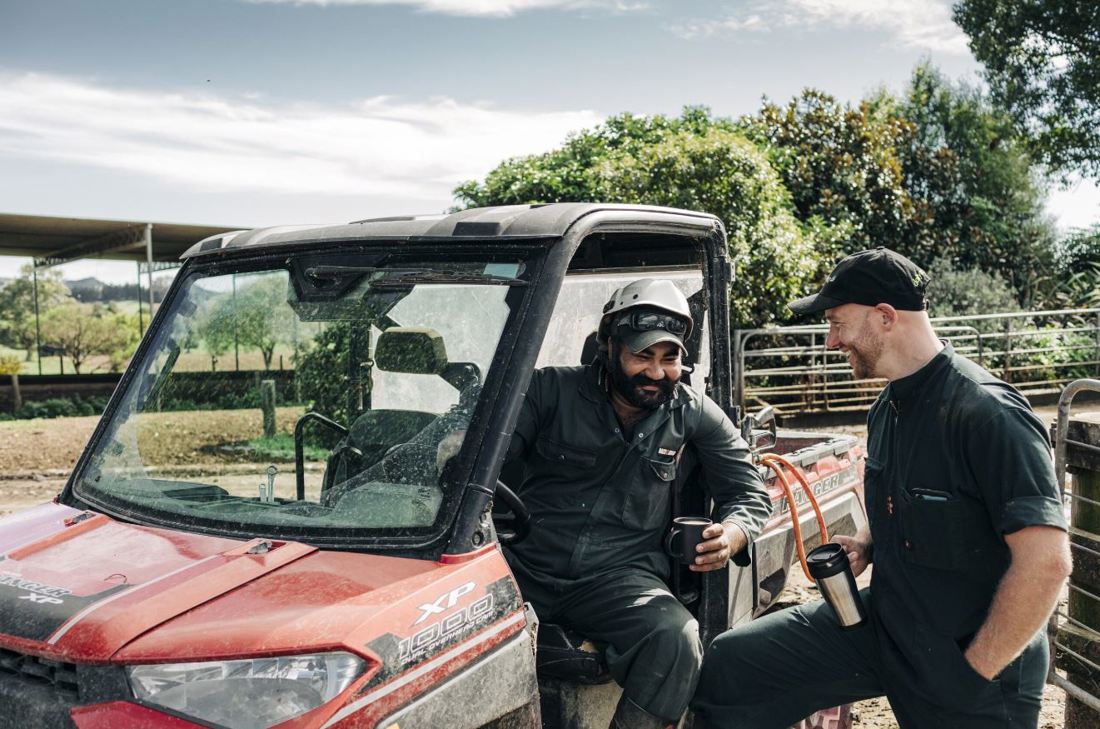
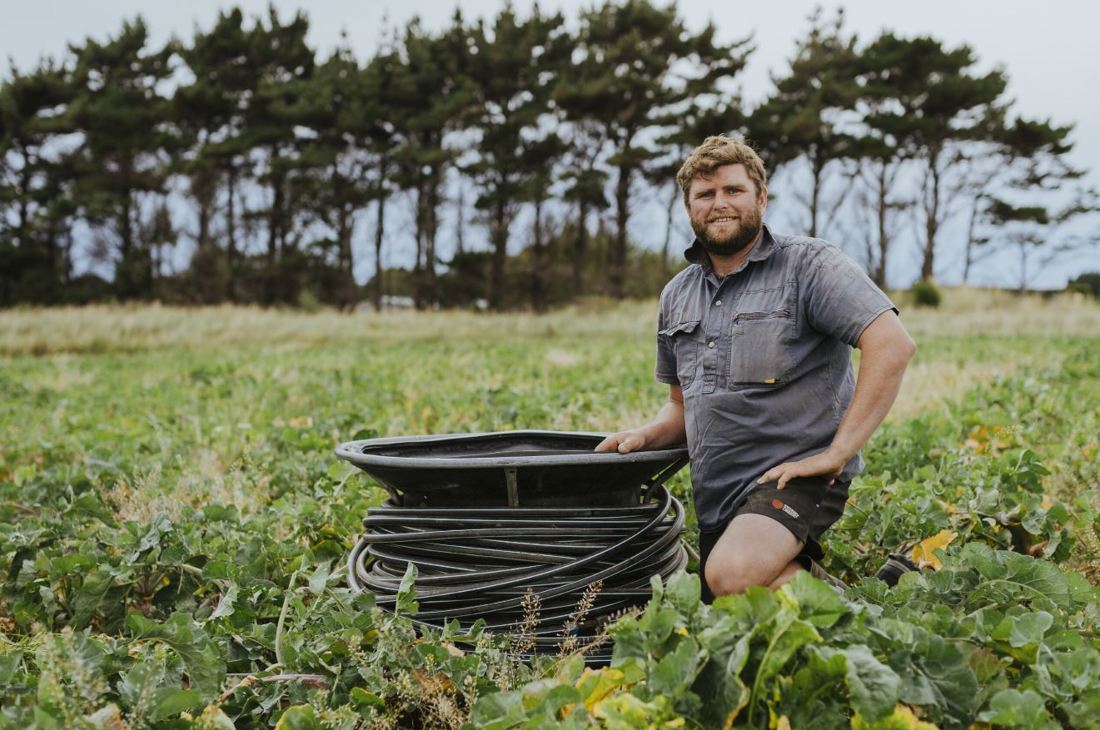
Preparation for a successful winter
Prepare for a successful winter by having a clear plan for managing cow lying time during wet weather and grazing. Share this plan with your team so you’re all prepared.
Gradually transition cows onto crop to help their gut bacteria adjust to new feed, and make sure they have access to fresh water, plenty of space to rest, and shelter. To reduce soil damage, use strategies like directional grazing, back fencing and portable troughs to limit cow movement.
For options that will help allow cows to lie down in wet weather visit our cow care in winter page, and use our winter grazing plan template to get started.
Additional tools and resources for autumn
Explore more tools and resources to help you navigate through a successful autumn
-
Autumn preparation
Late summer strategies in dairy farming involve continuous monitoring of feed demand and body condition score (BCS). This page discusses how managing pasture effectively, considering factors like over-grazing and dry periods, is crucial.
-
Autumn management
Autumn pasture management in dairy farming involves focusing on average pasture cover and cow condition to prepare for spring.
-
Setting up for winter
Early preparation of your winter grazing paddocks minimises sediment loss and movement. Use back fences and portable troughs to reduce soil damage by limiting unnecessary cow movement.